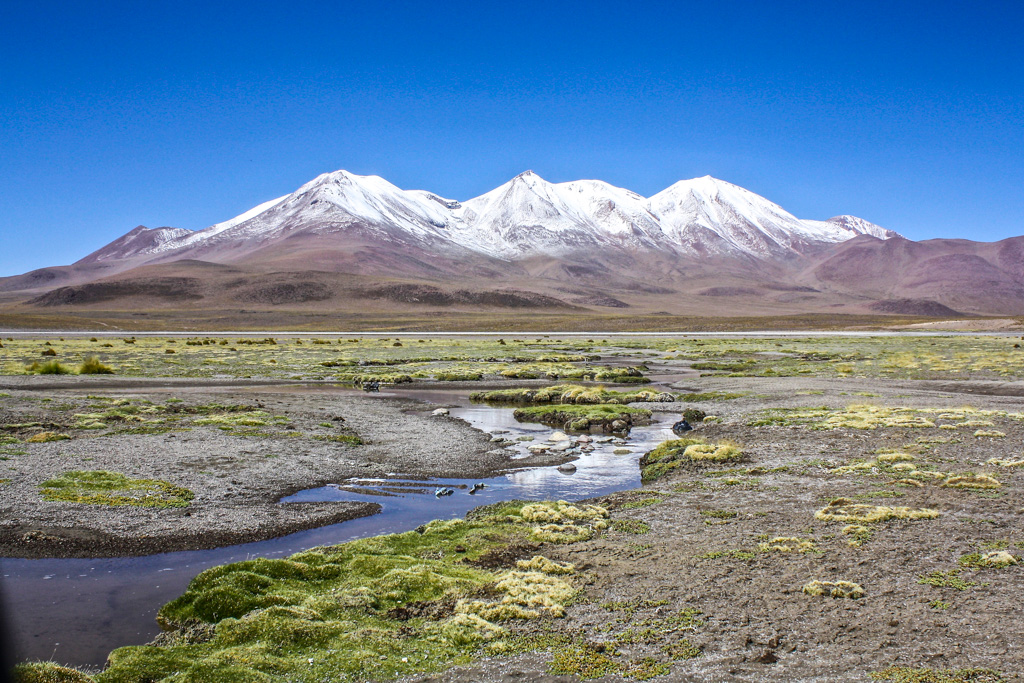After months and months (about 5 to be precise) of listening to other travelers sing the high praises of Bolivia, it would have been near impossible not to have grand expectations for my visit.
“You need at LEAST three months for Bolivia…it’s incredible!”
“Bolivia was my favorite country in all of South America!”
“You’re going to love Bolivia, it’s magical! Make sure you do X, Y, Z!”
On and on, etc. etc. But after my first week and a half in “magical” Bolivia, I still wasn’t feeling it. La Paz was rainy and hectic (didn’t completely hate it but as far as capital cities go, it’s nothing to write home about); Santa Cruz was hot and dusty with little to keep me entertained outside the hostel; Sucre was beautiful and is probably my favorite city in Bolivia, but again, nothing extraordinary.
Perhaps after so many months of traveling and seeing some pretty incredible sights (Venezuela’s Mount Roraima, Colombia’s Tayrona National Park, the beautiful mountain town of Baños in Ecuador, and just about everything in Peru) I’m just not as easily impressed?
Perhaps the build-up from so many others gave me unrealistically high expectations?
Perhaps it was because I skipped X, Y, and Z…rainy season isn’t the ideal time for many of Bolivia’s touristic attractions, could that have been where the magic was hiding?
While I was perfectly content to spend the better part of a week hanging out in Sucre and enjoying the Berkeley-in-the-summer-like climate, I was still hoping to discover some of this magic that everyone insisted Bolivia held.
The one experience I had always known was on my to-do list in Bolivia was paying a visit to the world’s largest salt flat, El Salar de Uyuni in the southwestern region of the country. Dry season or rainy season, the Salar de Uyuni is a sight to behold…in the dry season, the white desert stretches as far as the eye can see in every direction, and together with a bright blue cloudless sky, it lends a gorgeous backdrop to many a photo (I’m sure you’ve seen the hilarious perspective shots popular of that time of year). In the rainy season, it’s equally if not even more impressive; a shallow layer of water that constantly covers the flats creates a mirror effect that with a little imagination can be used to create even more stunning photographs (though seeing this surreal natural wonder with your own eyes is the real prize).
One solid piece of advice I actually got to make use of was to spring for the 3-day tour instead of just a 1-day tour, which would allow me to see not only the salt flats but many other gorgeous landscapes around the region including lagoons, volcanoes, natural geysers and more.
On day one of the tour, I piled into our Land Cruiser with a group of 5 others (4 Brazilians and a Dutch girl) and our driver, Johnny, and set off for the flats around 11 am. We were all immediately in awe as the car pulled up to the edge of the salt desert, hanging body parts and cameras out of every window and begging Johnny to let us ride on the car’s roof to take in the sights around us (no luck there). The water was quite deep in parts and at first felt as if we were in a boat rather than a land vehicle, but after a slow 15 minute drive we arrived at the stopping point for lunch and photos, an old “hotel” made entirely of salt which now only serves as a museum.
A partly cloudy day turned out to be the perfect conditions; the temperature was comfortable, the layer of water covering the ground was invitingly warm, and the mirror effect was striking. We spent 30 minutes or so taking approximately 1 million photos and laughing at everyone’s ridiculous poses. After a quick lunch, the rest of the afternoon was spent driving to our night’s accommodation, a basic ‘refugio’ in a small village called Alota south of the Salar.
Day two, after a basic breakfast and my only shower of the 3-day excursion, we set off again, this time making a number of short photo stops at various sites: a valley of curious rock formations, viewpoints for snow-capped volcanoes, and colorful lagoons home to several species of pink flamingoes. We arrived at our lodging in the middle of the afternoon with plenty of time to rest, play card games (some Canadians brought Cards Against Humanity, my favorite game of all time) and let our mud-covered shoes dry out in the sun.
Day three was a long one- we had to roll out of bed around 4:30 for breakfast and to begin our drive by 5am sharp. In the first few hours we hit the geysers, a natural hot spring, and one last lagoon/volcano combo. Unfortunately, the air was so bitter cold that none of us could work up the courage to actually get in the hot springs, much less stay outside the car for longer than 10 minutes. At least our group was all in agreement and began the last leg of our journey on the early side.
Three of our members would head across the border into Chile and the rest of us back to the town of Uyuni (I had a bus scheduled that evening to the Argentinian border). We dropped half our group at the migrations office (a shack quite literally in the middle of nowhere) to get their entry stamps and to catch the bus to San Pedro de Atacama, and myself and the 2 Brazilian girls endured the 7-hour drive over dirt and gravel highway back to Uyuni.
Even the return drive was beautiful- at one point I nearly flung my SLR out the car window trying to snap a quick photo. The landscape morphed as we drove from desert to grassy fields to rocky canyons to flamingo-laden lagoons and back again, always with a stunning mountain range serving as the backdrop.
As I reviewed my gazillion photos of the journey in utter bewilderment, I finally felt like I had seen the magic of Bolivia. The country as a whole still doesn’t stand out above the rest, but at least now I know firsthand that it does indeed have something special to offer. It’s not an easy journey (3 days of harsh weather conditions, basic accommodations, no showers, long car rides over bad roads, proper bathrooms rarely available) but a visit to Bolivia’s Salar de Uyuni is well worth the experience.
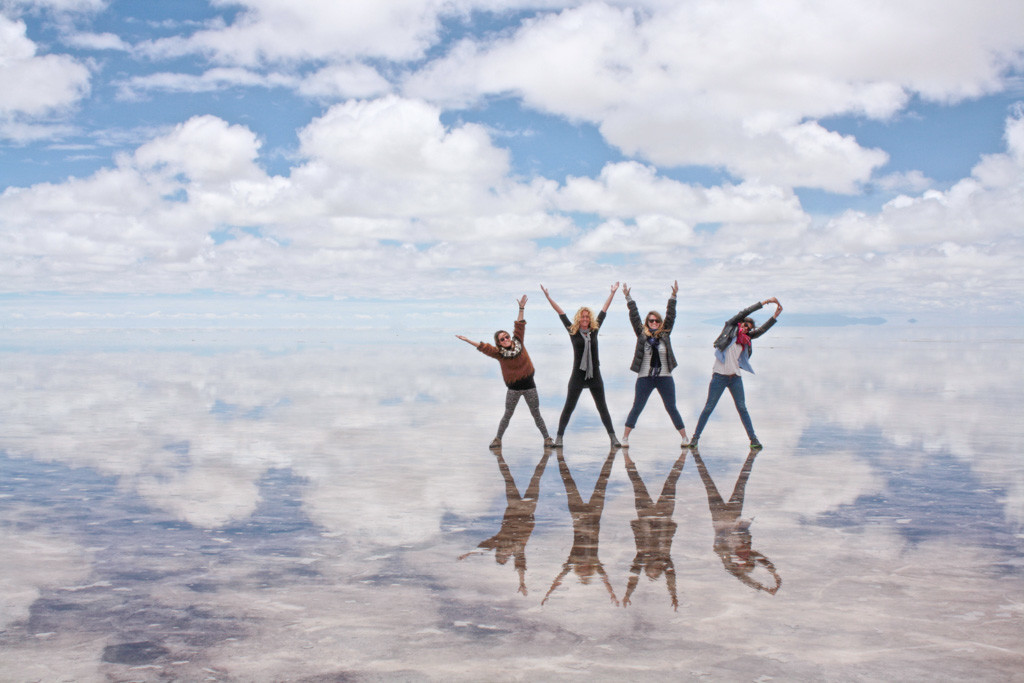
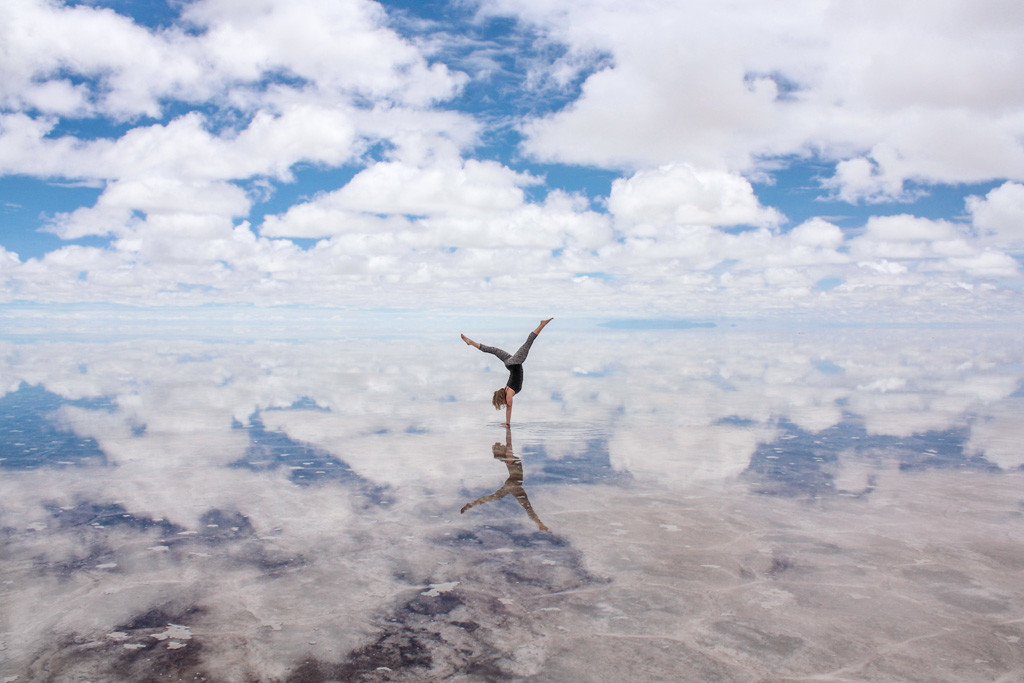
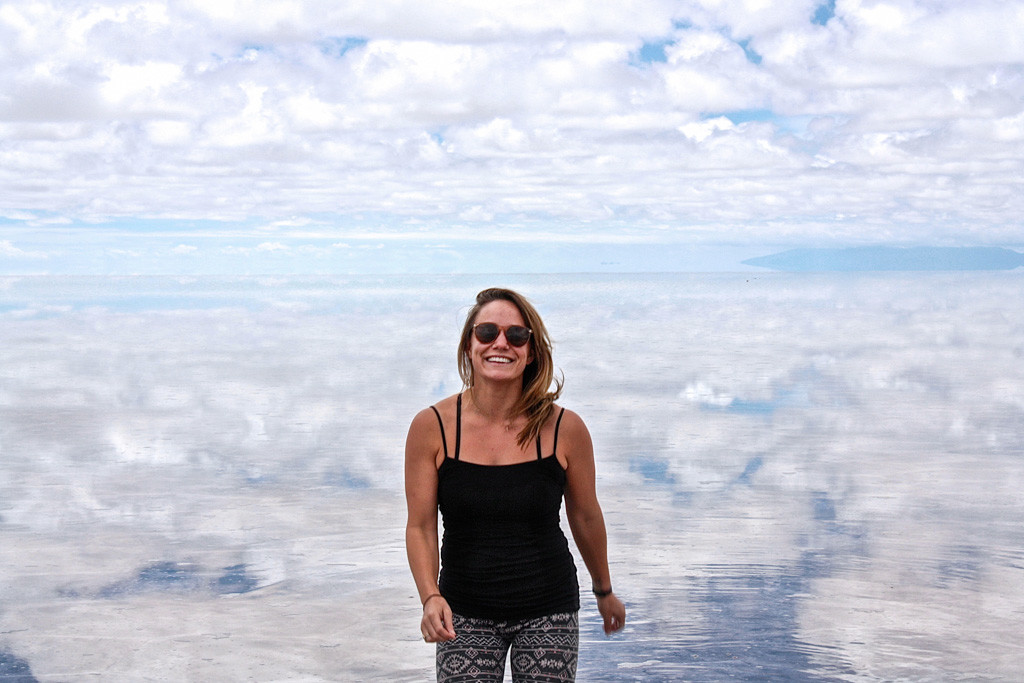
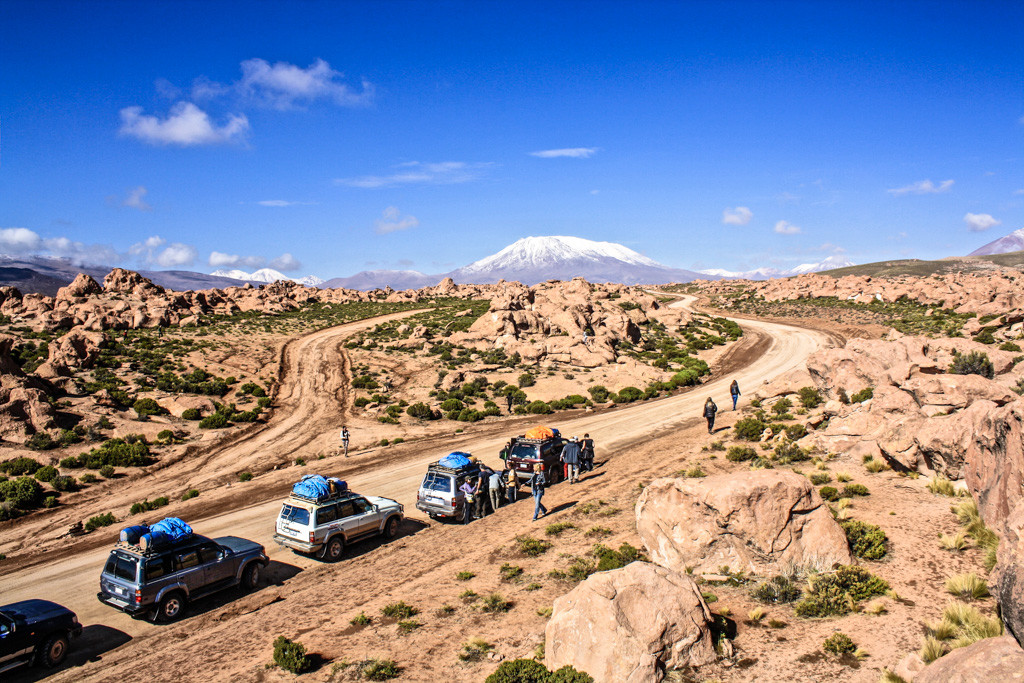
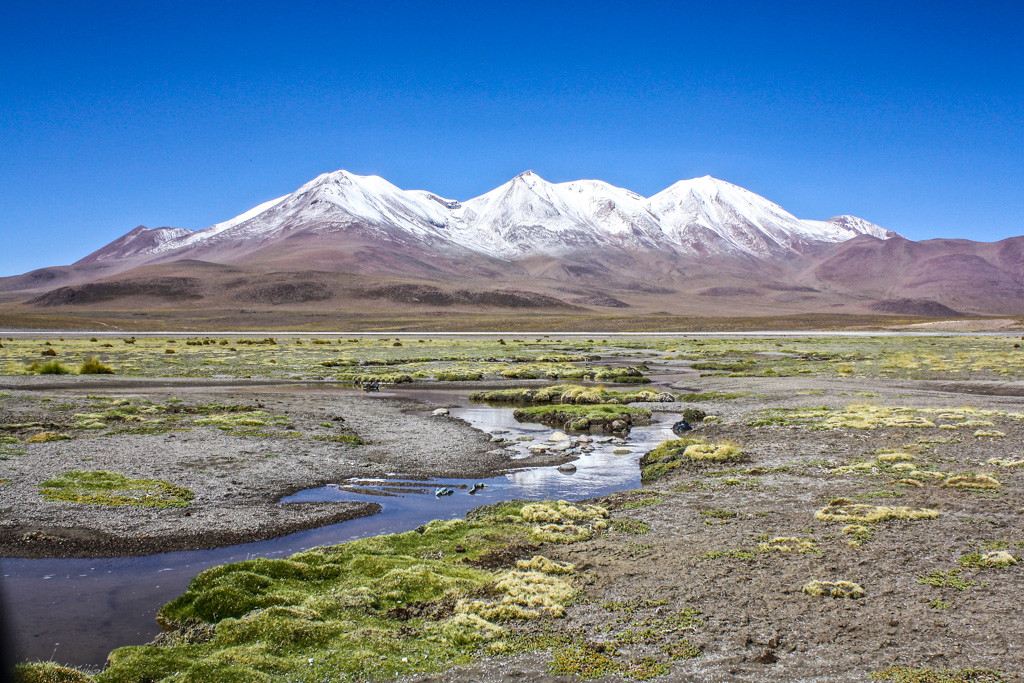
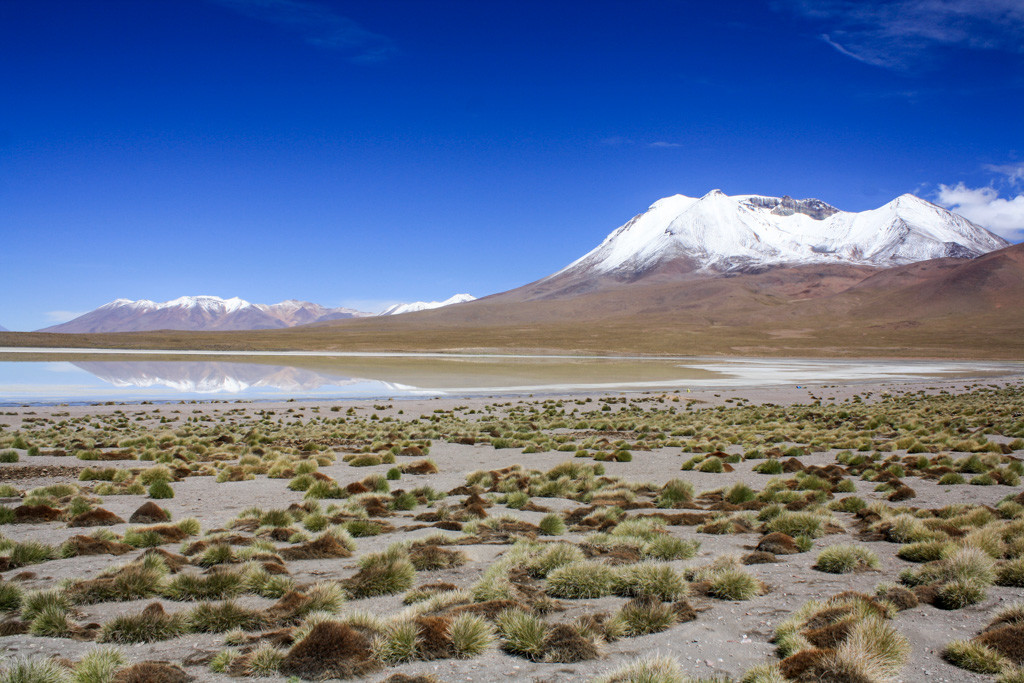
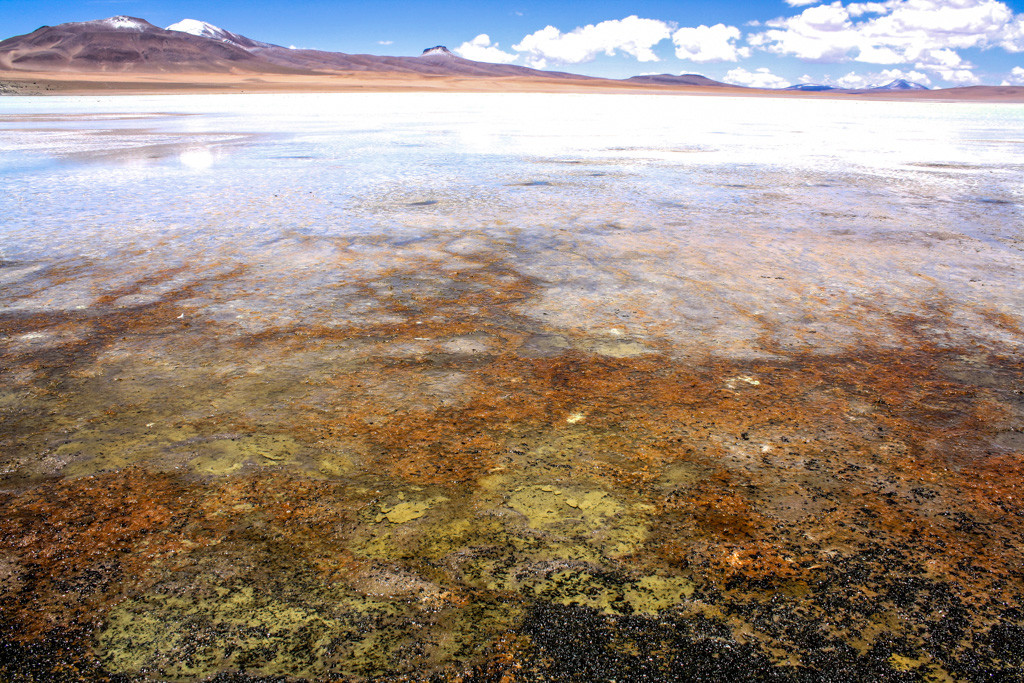
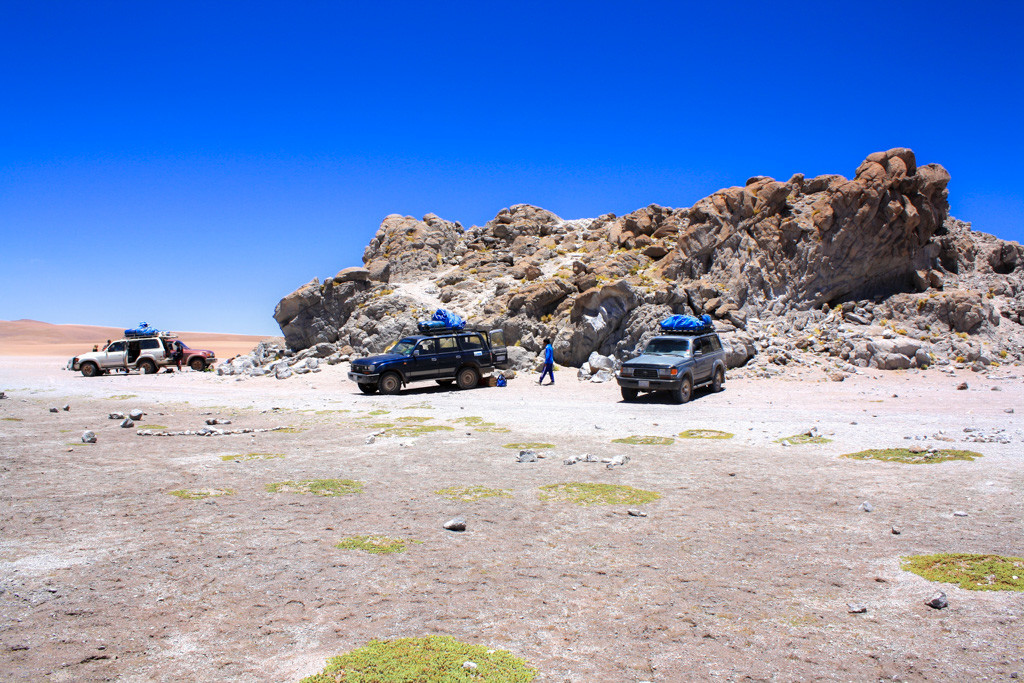
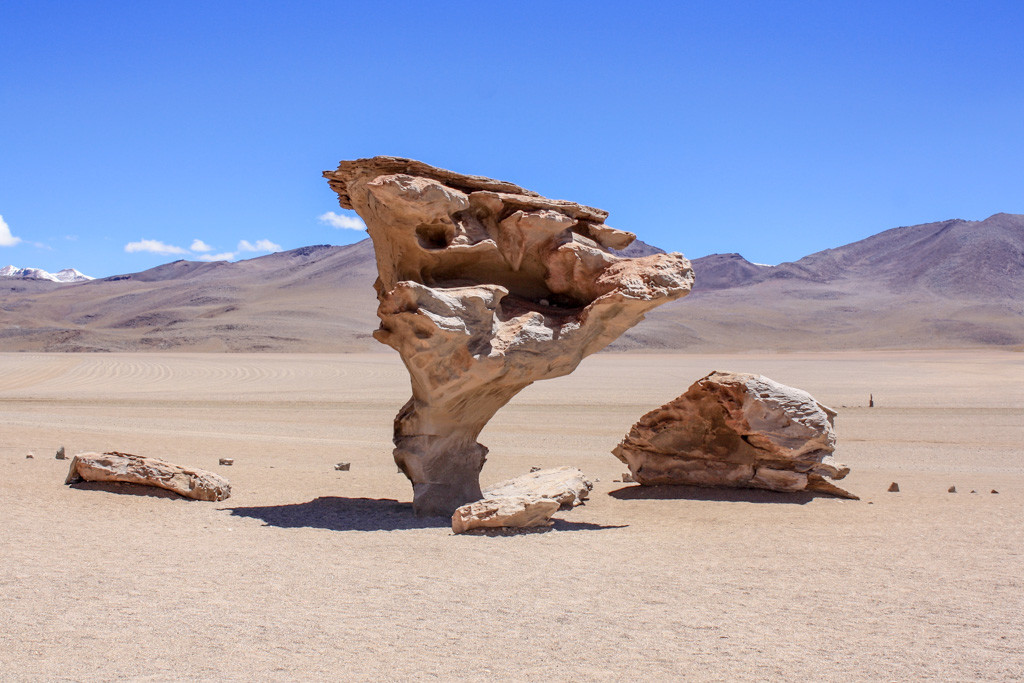
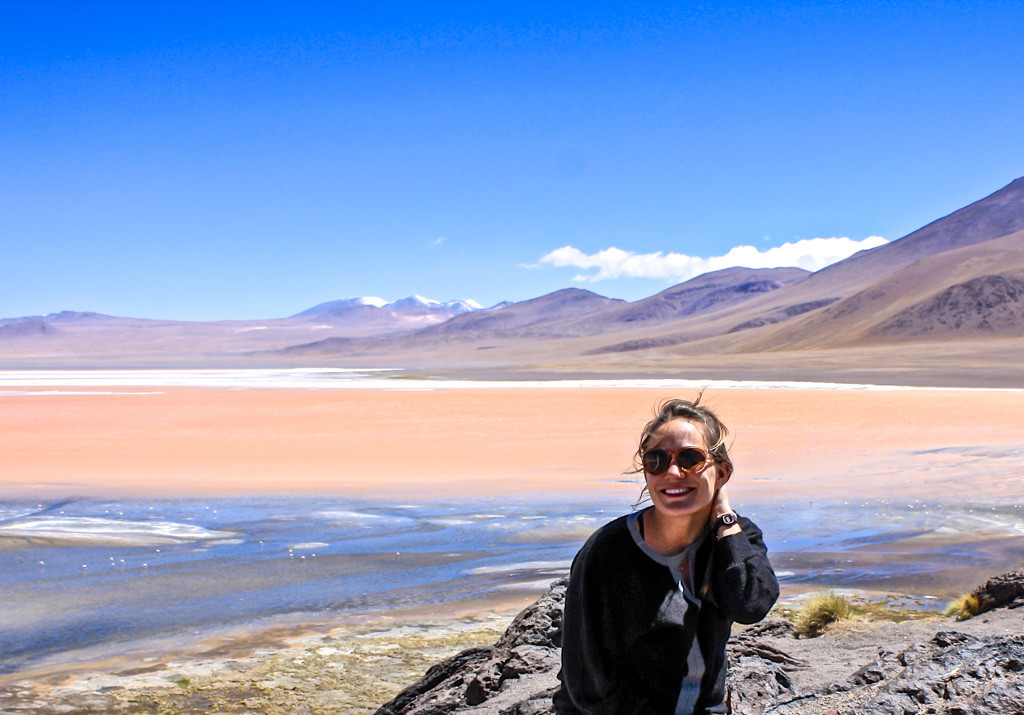
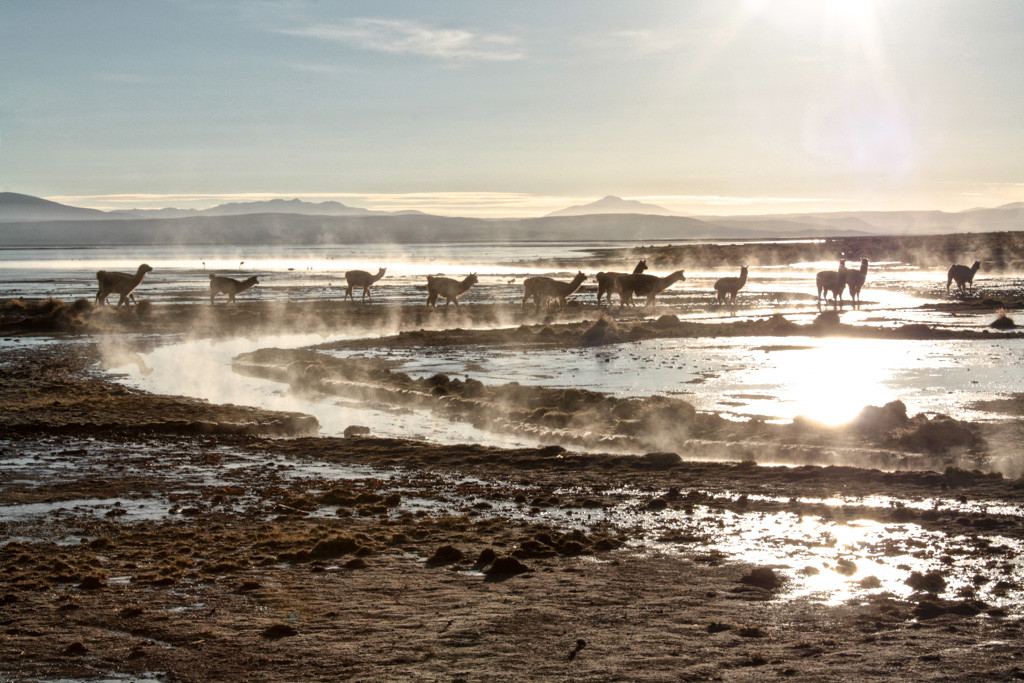
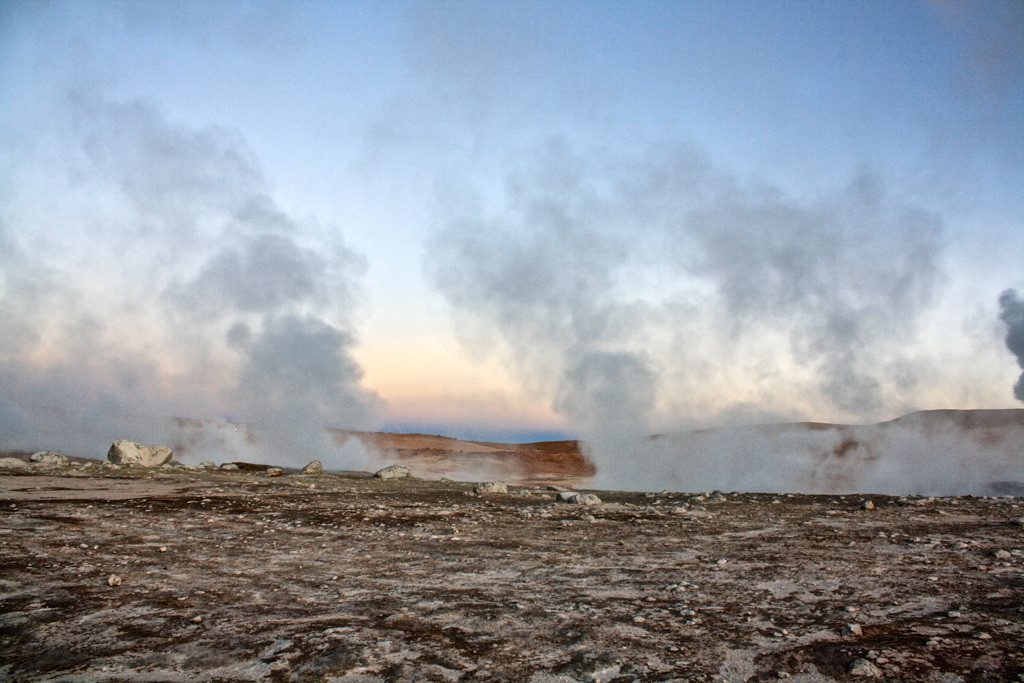
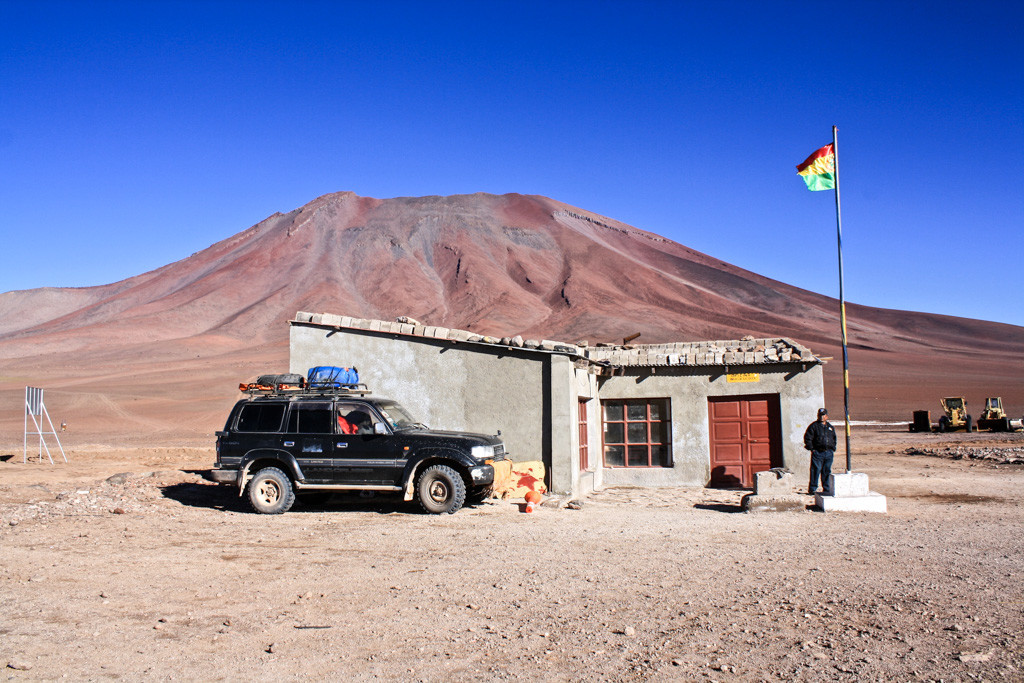
Have you been to Bolivia? What was your impression?

